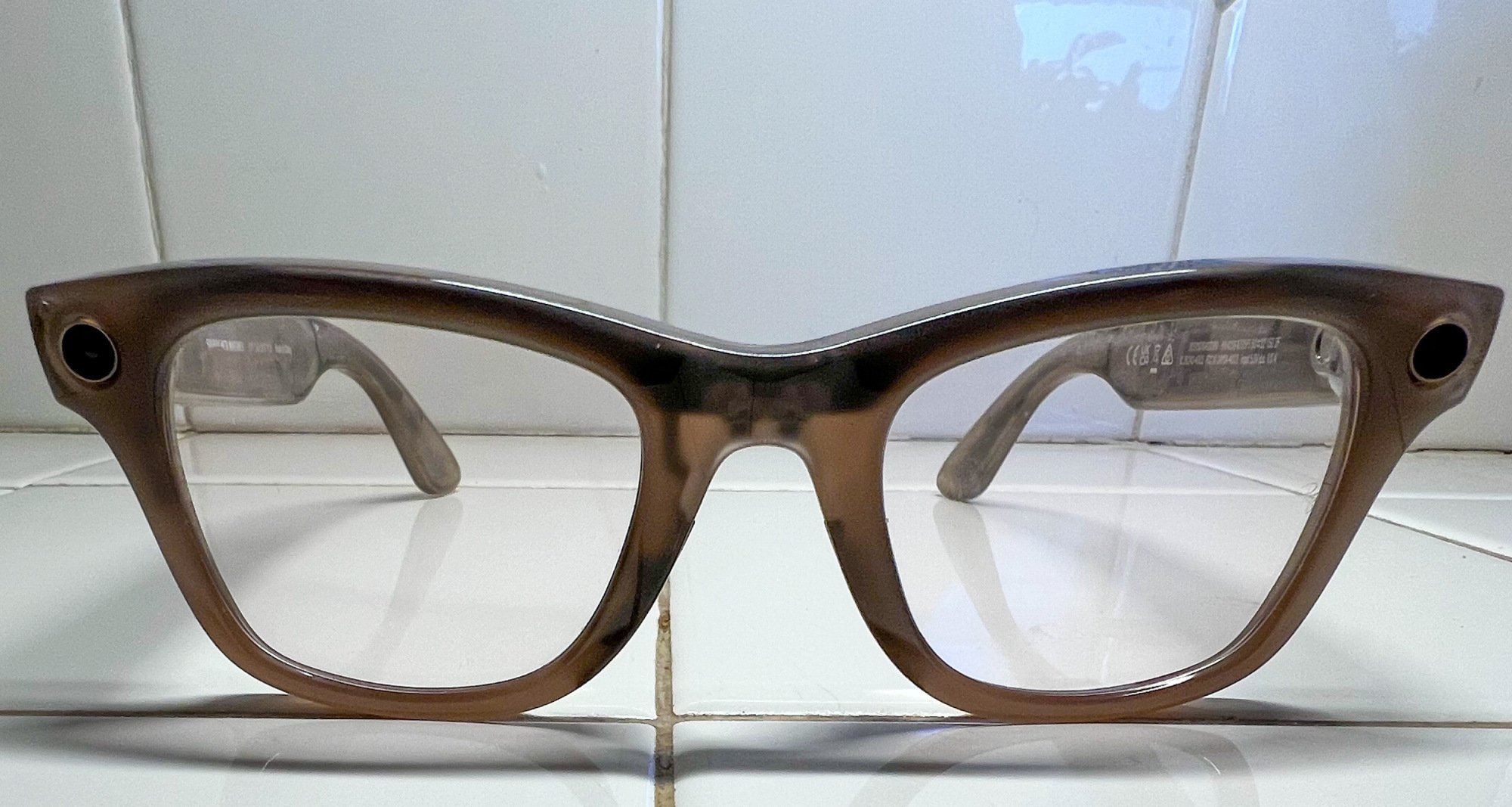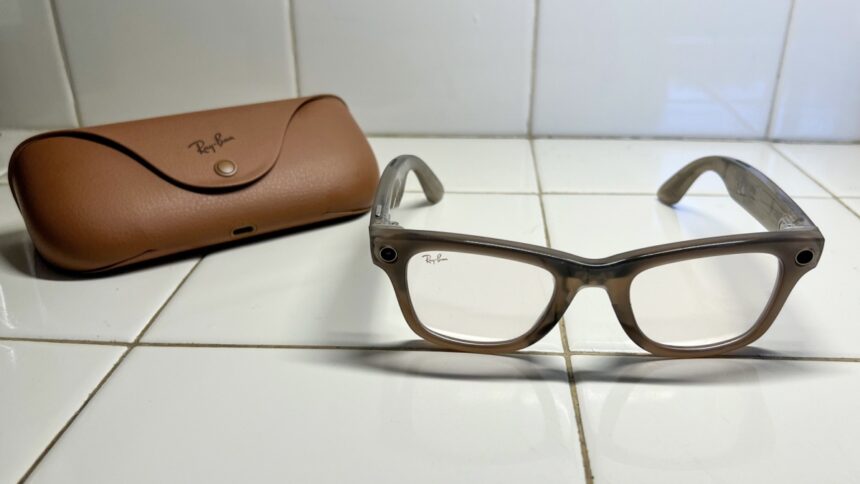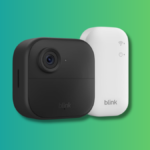Meta Unveils AI-Infused Oakley Sunglasses
Recently, Meta introduced a series of AI-enhanced Oakley sunglasses, which will be available alongside their popular Ray-Ban Metas. The company claims that while the fundamentals of the glasses mirror those of their predecessors, the Oakleys boast a superior camera resolution (3K compared to 1080p) and a battery life that outlasts the Ray-Bans by a factor of two.
Seven months prior, a detailed review of the Ray-Ban Meta smart glasses was published. These innovative eyewear items come equipped with a camera, open-ear speakers, microphones, and incorporate voice-activated Meta AI, all set within stylish Wayfarer frames, making them look deceptively ordinary while offering cutting-edge tech. Their appeal led to getting prescription lenses fitted for everyday wear. However, over time, the true utility of the Ray-Ban Metas was tested as they transitioned from a novel gadget to another device requiring regular recharging. The outcome? Continued appreciation for these glasses after six months of wearing them during various daily activities—including work, leisure, cycling, and running errands—though this admiration has become more measured.
Not Your Everyday Sunglasses
Once the initial excitement wore off, the weight of the Ray-Ban Metas became apparent. Weighing approximately 49 grams out of the box, these sunglasses feel relatively hefty, especially with the added weight of prescription lenses, bringing them to 54 grams. In comparison, typical spectacles can weigh around 39 grams, making this difference noticeable over prolonged wear. Comfort issues meant that ordinary glasses were often selected for uninterrupted use, only reverting to the Ray-Ban Metas for photography or hands-free functionalities. A quirky downside I encountered was occasionally forgetting which glasses I was wearing, leading to some amusing moments attempting to activate voice commands on the “dumb” pair.
Impressive Build Quality and Timeless Style
Kudos go to both Ray-Ban and Meta for the outstanding durability of these glasses. They continue to function as effectively now as they did on day one; the frames remain free from warping or any other malfunctions, despite not having handled them with kid gloves. The Wayfarer design remains undeniably stylish and hasn’t felt outdated over the past six months, affirming its classic status—as fitting for the likes of James Dean as for today’s users.
Battery Life: A Key Concern
According to Meta, these smart glasses boast a battery life of “up to four hours,” which feels a tad optimistic—frequent recharging is often necessary. The integration of a charger within the glasses’ case is a helpful feature; thankfully, the core purpose of spectacles—improving vision—remains intact even when battery levels dwindle. Yet, longer events, such as capturing numerous photos or videos, can become cumbersome. Users are faced with the choice of only documenting part of an occasion or bringing a secondary pair of glasses for on-the-go charging.
Another annoyance regarding battery life involves the inability to turn off low battery notifications without disabling all alerts. While this is common for various tech devices, the option to customize notifications would have been a welcome addition.
Social Implications: The Mixed Reactions
At the outset of daily use, the Ray-Ban Metas tended to blend in unnoticed, but as awareness of the product increased, so did the inquiries about their function. More than once, someone asked, “Are you capturing pictures of me?” Such questions often sparked discussions about privacy concerns and the motivations of Meta—a touchy subject for many. The design sits uneasily at the intersection of fashion and tech, which can be unsettling for others.
Feature Evaluation of Ray-Ban’s Smart Specs

The Ray-Ban Metas are packed with many features, not all equally beneficial, thus here is a summarized feature breakdown, from most to least utilized:
Camera: The camera stands out as the most valuable attribute. It’s ironic that smartphone cameras can feel cumbersome when compared with simply tapping the arm of these glasses to snap a photo or record a video. Voice commands like, “Hey Meta, take a picture,” facilitate hands-free capturing, perfect for multitasking, such as biking while enjoying a soundtrack:
While the photo quality exceeds expectations for casual use, those seeking high-resolution images or low-light performance will need a dedicated camera.
Text and Calls: Being able to dictate responses to texts is particularly helpful when hands are full, making it safer to communicate while driving. Call clarity is impressive, and voice recognition works well even amidst noise. Plus, it’s easy to seek assistance: “Hey Meta, how do I send a text?” if needed.
Music: Music quality ranks lower on the list. While it’s acceptable for casual listening, those serious about sound fidelity will find themselves reaching for earbuds soon after. Nevertheless, the integration with music apps allows for easy voice commands to control playlists, which is nice—a simple “Hey Meta, play some funk” brings tunes into the air.
Language Translation: Meta has recently introduced real-time translation capabilities for Spanish, French, and Italian. Initial tests revealed a surprisingly effective performance, capable of translating fluent conversations with high precision. This feature proved invaluable while listening to a graduation speech given in Spanish or watching Telenovelas on YouTube. Language translation could potentially become a standout feature for smart glasses.
Future Improvements for Ray-Ban Meta Glasses

These glasses are approaching the capabilities of a genuine digital assistant. The hope is to say, “Hey Meta, book me a budget hotel in Yonkers for next weekend,” and have it effortlessly fulfilled. Currently, functionalities are limited to controlling music, sending messages, achieving real-time translations, and providing basic information—impressive for a pair of glasses, yet there’s room for enhancement.
Privacy Considerations in a Tech-Driven World
A recent email from Meta to Ray-Ban Meta users indicated that “Meta AI with camera use is consistently active unless ‘Hey Meta’ is disabled,” alongside the inability to disable the storage of voice recordings. This raises substantial privacy concerns, especially for those wary of surveillance. Although the implications are serious, it’s worth noting that for many, everyday activities may not warrant significant concern. Yet, for privacy-focused individuals, these glasses may pose a dilemma.
Evaluating the Price Tag
The notion of whether these glasses are “worth it” varies from person to person. However, $299 can be considered a reasonable price for a device that serves as a camera, AI assistant, Bluetooth headset, and sunglasses—all in one. For those opting for prescription Ray-Ban Metas, it becomes even more attractive. Remarkably, this is even less expensive than traditional glasses, which can’t offer smart capabilities.
Timing for Purchasing Ray-Ban Meta Glasses
A week ago, the advice would have been to “jump in” and buy Ray-Bans! However, the announcement of the new Meta Oakleys has shifted the recommendation. These upcoming glasses will be priced at $399 or $499, while the Ray-Ban Metas are listed at $299 or $379. The Oakleys promise a much-improved camera and extended battery life. For existing Ray-Ban Meta owners, it may not be essential to upgrade; the advancements, though appealing, aren’t crucial. Conversely, for those in the market for smart glasses, pre-ordering the Oakleys would be a wise move.
As Meta has not disclosed plans for a potential upgrade of Ray-Ban Meta glasses with similar specifications to the Oakleys, now may not be the optimal time to invest in new glasses. It’s disheartening to purchase technology only to see a superior version hit the shelves shortly thereafter.












